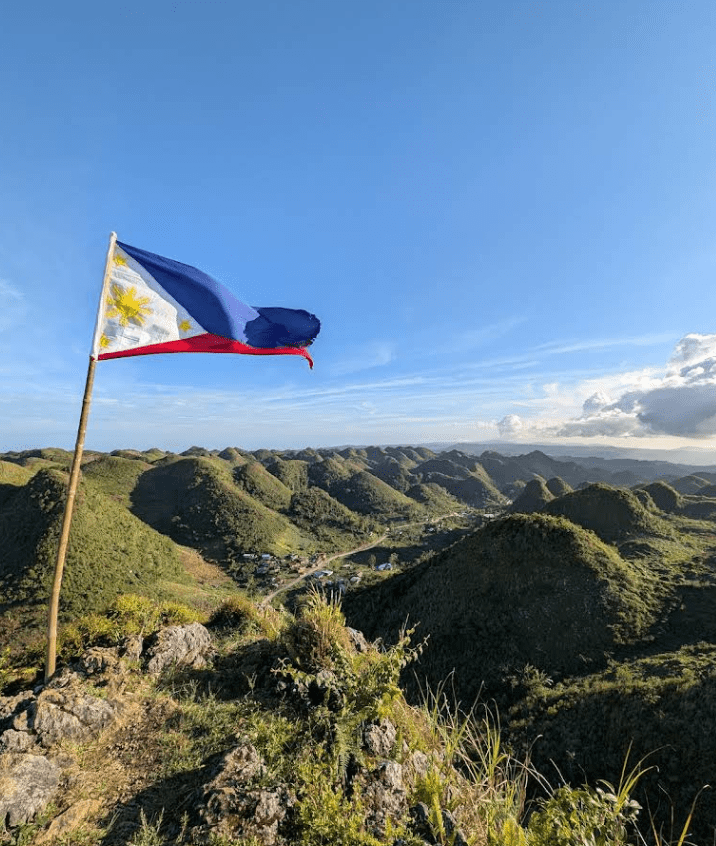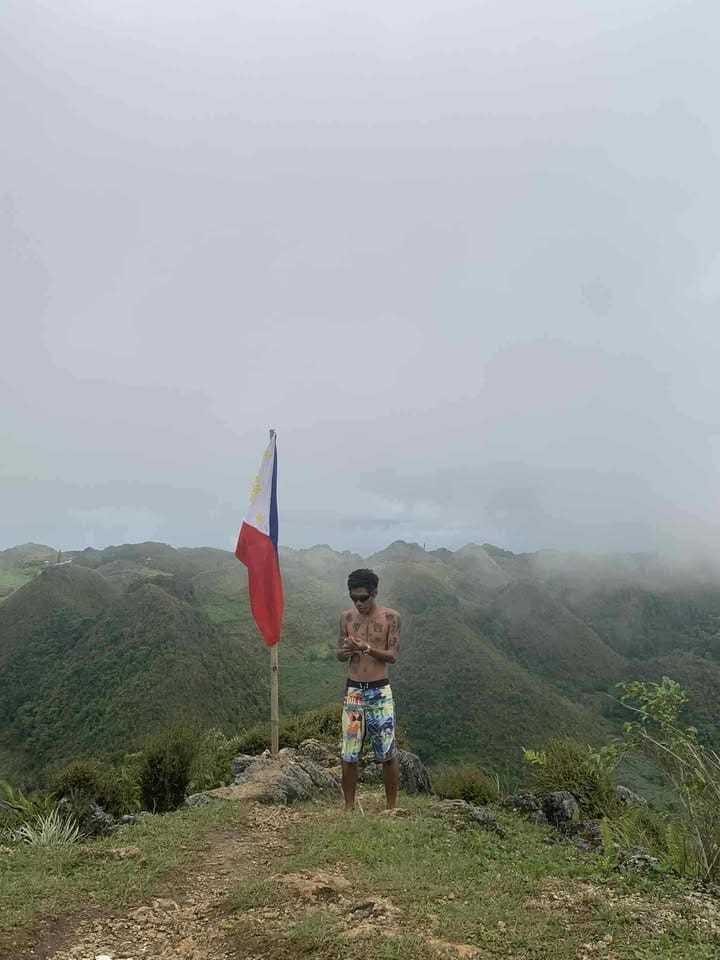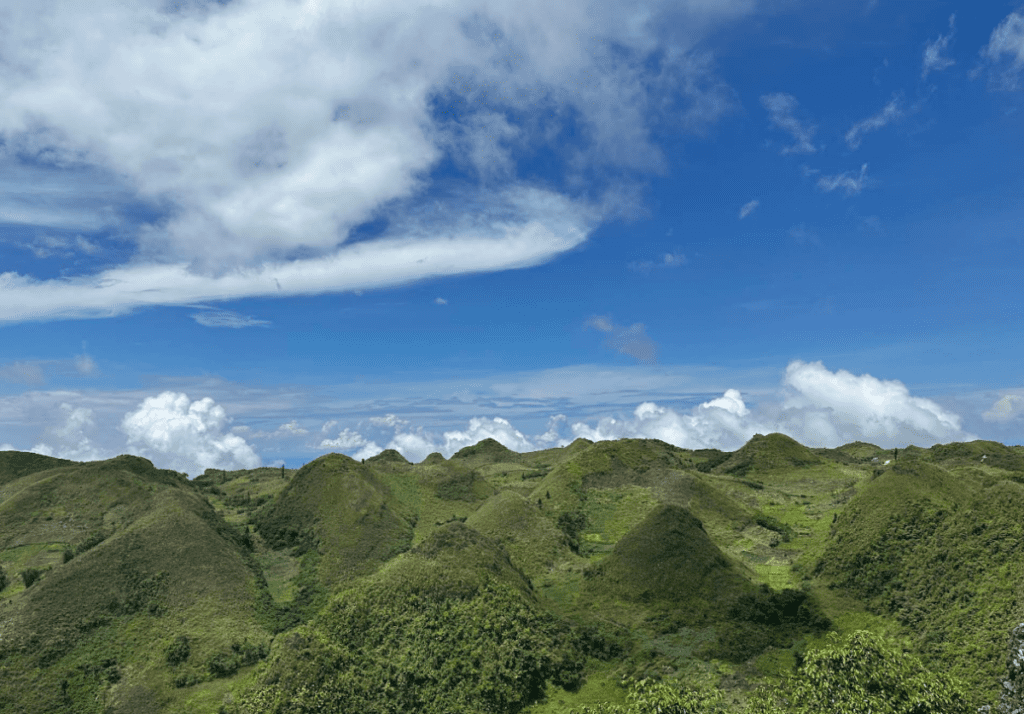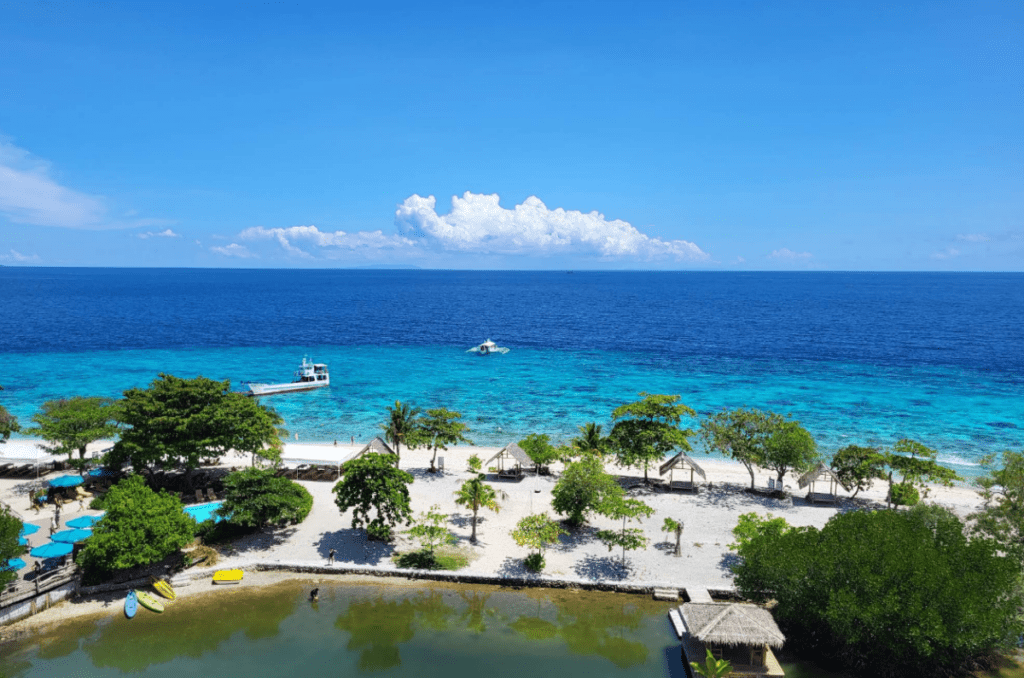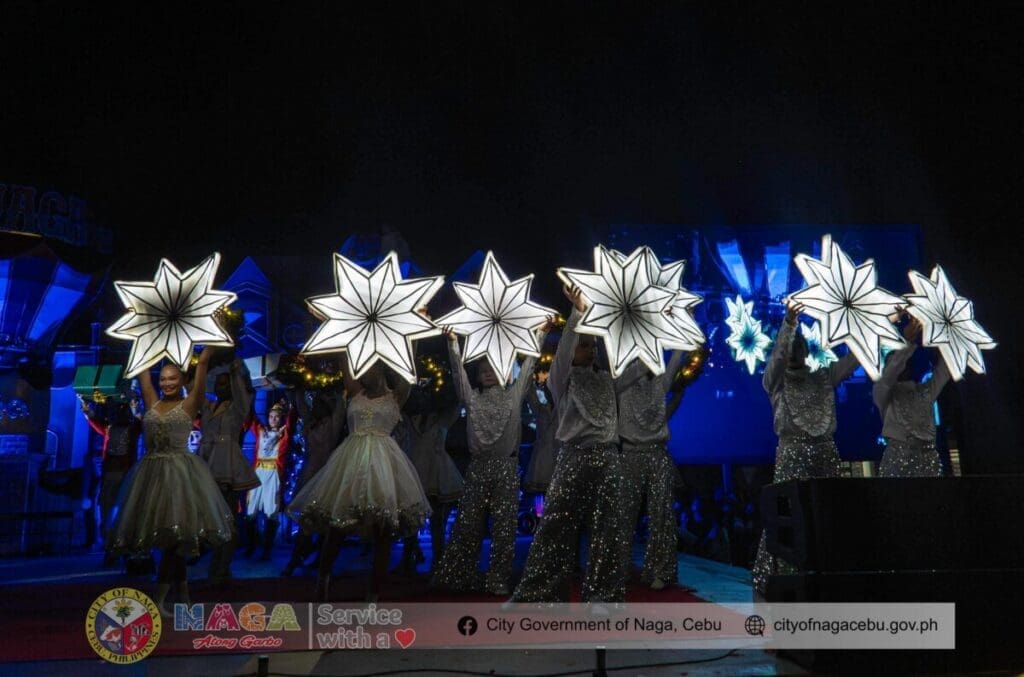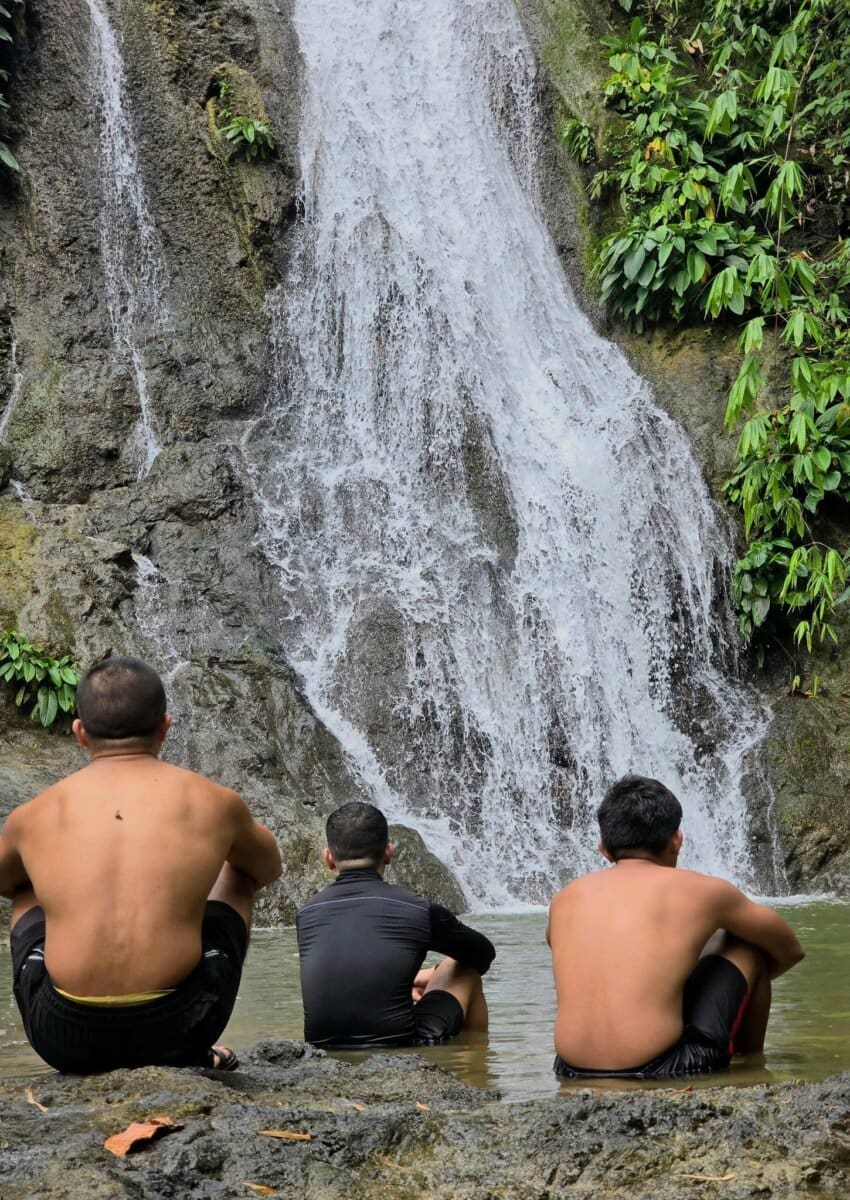
Kabang Falls, also known as Budlaan Falls, is one of Cebu City’s most underrated natural attractions. Located inside Barangay Budlaan, this seven-level waterfall system showcases emerald-green pools, cold mountain water, and rock formations that challenge both beginners and seasoned trekkers. Rising up to 15 meters high, its tallest cascade hides a small cave behind the main drop, adding mystery to the already enchanting scenery.
The Trails Leading to Sirao Peak

Kabang Falls forms part of the popular Budlaan–Sirao Trail, a favorite route among hikers heading to Sirao Peak. The trail features river crossings, boulder sections, and forest paths, making it one of Cebu’s more thrilling hikes. Along the way, you can visit Kandumay Falls and Mukpok Falls, both accessible on the same route. Water stations or sibul springs can also be found along the trail, perfect for quick refills. However, newcomers should hire a local guide from the barangay to avoid getting lost, as the trail network can become confusing.
What to Expect at Kabang Falls
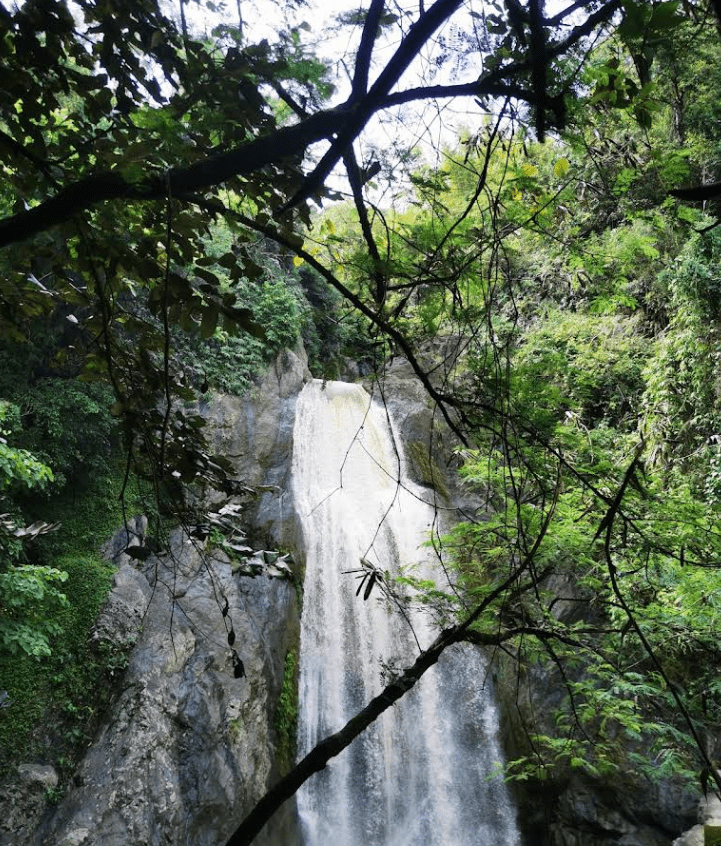
The water at Kabang Falls often appears emerald green due to natural minerals, though it may grow mossy during the dry months. The area is rocky, and the trail becomes slippery after rain, so sturdy hiking shoes with good grip are a must. For the best experience, avoid visiting during heavy rains or typhoons, as the terrain can quickly turn dangerous.
How to Get There?
Location: Brgy. Budlaan, Talamban, Cebu City, Philippines
- By Car: Drivers can head toward Budlaan Road from either Talamban or Lahug. From the Budlaan–Buslot junction, continue until reaching Sitio Baugon, where limited roadside parking is available. Roads are narrow but passable for cars or motorcycles. After parking, proceed on foot toward the start of the established trail leading to the waterfalls.
- By Commute: From Talamban, ride a motorcycle (habal-habal) to Sitio Baugon, the main jump-off to the trail. If coming from JY Square, head to Crossing Buslot, then walk or hire a motorcycle to Sitio Baugon, though fares are usually slightly higher from this route. From Sitio Baugon, the trek begins and typically takes 45 minutes to 1.5 hours depending on pace and stops.




